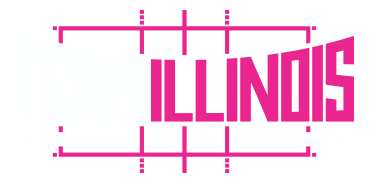Volleyball Fundamentals: A Beginner's Guide
Volleyball is a team sport in which two teams of six players are separated by a net. The object of the game is to score points by grounding a ball on the other team's court under organized rules. It has been a part of the official program of the Summer Olympic Games since Tokyo 1964.
The six basic volleyball skills are serving, passing, setting, spiking, blocking, and digging.
Serving
Serving is the action of putting the ball into play at the start of each rally. The server stands behind the baseline and hits the ball over the net so that it lands in the opponent's court. There are two types of serves: underhand and overhand.
The underhand serve is the most common type of serve. To perform an underhand serve, the server stands behind the baseline and holds the ball in one hand. The server then swings the other hand underhand and hits the ball so that it travels over the net and lands in the opponent's court.
The overhand serve is a more advanced type of serve. To perform an overhand serve, the server stands behind the baseline and holds the ball in one hand. The server then swings the other hand overhand and hits the ball so that it travels over the net and lands in the opponent's court.
Passing
Passing is the action of receiving the opponent's serve or hit. The goal of passing is to control the ball so that it can be set for a spike. There are two types of passes: forearm pass and overhead pass.
The forearm pass is the most common type of pass. To perform a forearm pass, the passer stands with their feet shoulder-width apart and their arms extended in front of them. The passer then uses their forearms to hit the ball so that it travels up and over the net.
The overhead pass is a more advanced type of pass. To perform an overhead pass, the passer stands with their feet shoulder-width apart and their arms extended overhead. The passer then uses their hands to hit the ball so that it travels up and over the net.
Setting
Setting is the action of putting the ball in the air so that a teammate can spike it. The setter stands in the middle of the court and receives the ball from the passer. The setter then sets the ball up for a spike by tossing it into the air so that the spiker can hit it.
Spiking
Spiking is the action of hitting the ball over the net so that it lands in the opponent's court. The spiker jumps into the air and hits the ball with their hand or arm so that it travels over the net and lands in the opponent's court.
Blocking
Blocking is the action of trying to prevent the opponent from spiking the ball. The blockers stand at the net and jump up to try to block the ball from going over the net.
Digging
Digging is the action of saving the ball from an opponent's spike. The digger stands in the back row and uses their hands or arms to hit the ball so that it travels up and over the net.
These are the six basic volleyball skills. By mastering these skills, you can become a better volleyball player.
Volleyball is a great sport for people of all ages and skill levels. It is a fun and challenging way to get exercise and stay in shape. If you are interested in learning more about volleyball, there are many resources available online and at your local library.
